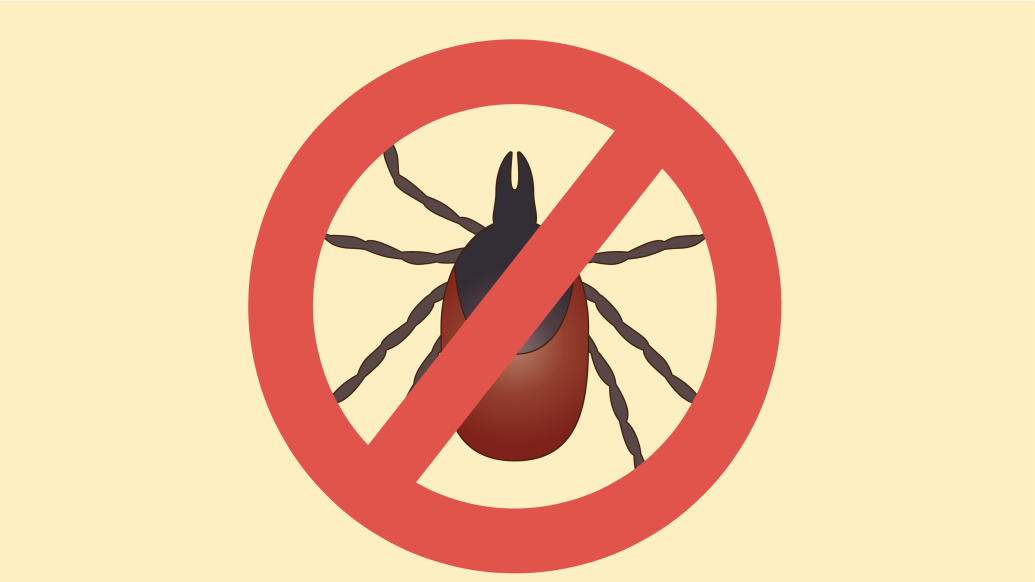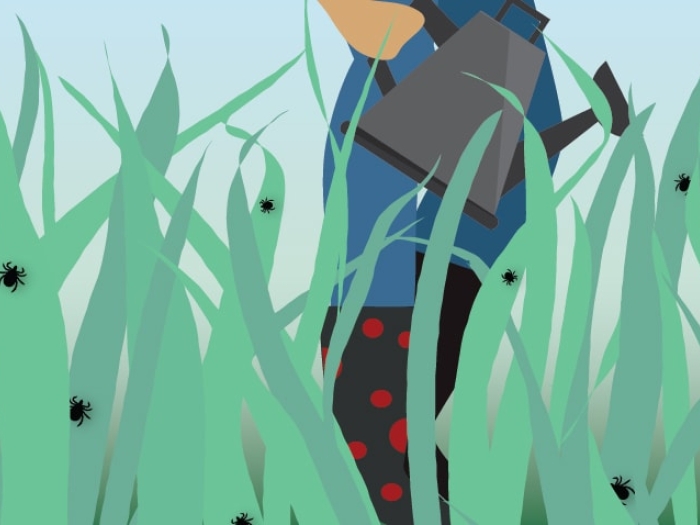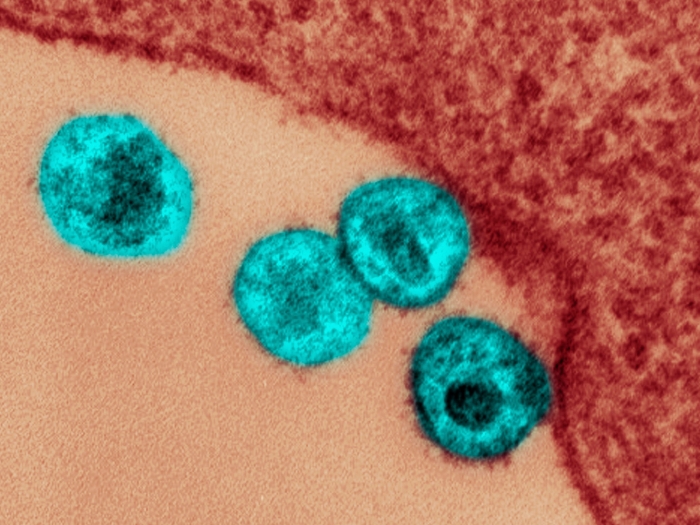With the return of warm weather comes the risk of tick bites. Check out these tips for thwarting the bloodsuckers — and what to do if you’ve been bitten.
1:00 PM
Author |

The number of ticks in the Great Lakes region has been on the rise for the past few years.
Tiny arachnids that feed on the blood of others, ticks can carry and transmit infections, such as Lyme disease.
That's why it's important to be on alert whenever you, your children and even your pets spend time outside — especially in or near wooded areas.
Consider these strategies to avoid and confront ticks.
Know
There are two main types of ticks — wood and deer.
Wood ticks are about the size of a watermelon seed. Deer ticks are smaller, somewhere between the size of a poppy seed and an apple seed.
Deer ticks can transmit Lyme disease, but only do so in less than two percent of cases. Wood ticks can transmit another infection, Rocky Mountain spotted fever.
Prevent
When possible, wear long-sleeved shirts and pants. Tuck the pants into your socks to prevent ticks from climbing inside the pant leg.
Use an insect repellent that includes 30 percent DEET (see our safety tips for using DEET products on children). These repellents last for six hours; reapply if you're outside for longer periods of time.
Another protective measure is to treat clothing with permethrin, a medicine and chemical used as a repellent. One permethrin application works on clothing for up to six weeks or six washings. It can also be used on sleeping bags and tents. Carefully follow the product's directions for use.
Check
Although ticks will burrow into the skin in order to suck on a person's blood, their bite is painless. Because you won't feel them bite, you'll need to look for them carefully.
As soon as you come inside, do a "tick check" on everyone in the family. An infected tick has to stay attached for 24 hours before there is any chance of transmitting the organism that causes Lyme disease, so finding one right away is important!
Thoroughly check in and around the ears, inside belly buttons, behind knees, between legs, in armpits and in hair.
Remove
Should you discover a tick, don't panic (but don't wait to remove it, either).
If you find a wood tick, use tweezers to remove it. Grasp the tick close to where it's attached to your skin and pull straight up without twisting or crushing the tick. When dealing with deer ticks, the smaller kind, you can scrape them off with a fingernail or the edge of a credit card.
In either scenario, wash the bite area and your hands with soap and water after removing a tick. Then apply an over-the-counter antibiotic ointment to the bite site.
If you're worried about potential tick-transmitted diseases, place the tick in a plastic bag after removal so you can take it to your doctor if any symptoms develop.
Watch
After a tick has bitten someone, watch the individual for signs of illness over the following days and weeks. Look for fever, aches and pains, or a rash.
A bull's-eye-shaped or circular rash around the bite site can be an indication of Lyme disease. If Lyme disease has been transmitted, the rash will typically appear within three to 30 days.
Other tickborne illnesses have their own rash patterns. Rocky Mountain spotted fever looks just like it sounds — a spotty rash in the affected area. See your doctor immediately for treatment.
Relax
Don't let the fear of ticks keep you from spending time outdoors. The risk of disease transmission is small.
Take precautions before you go out, check for ticks when you come back in, watch for any symptoms after a bite and contact your health care provider if concerns arise.
Most importantly, get outside and enjoy the summer!

Explore a variety of healthcare news & stories by visiting the Health Lab home page for more articles.

Department of Communication at Michigan Medicine
Want top health & research news weekly? Sign up for Health Lab’s newsletters today!





